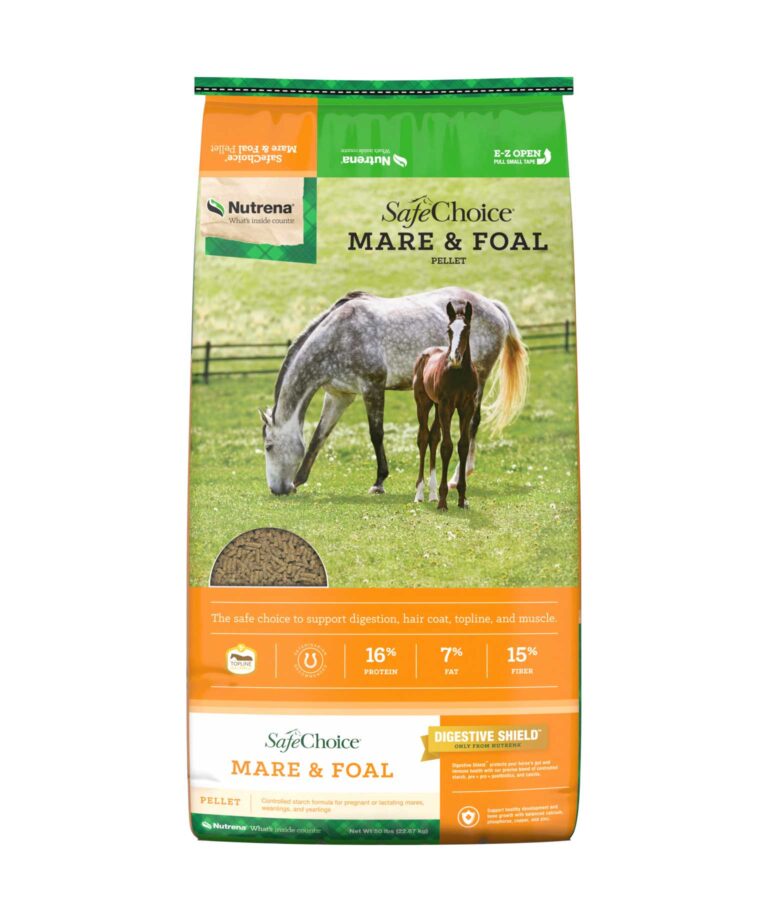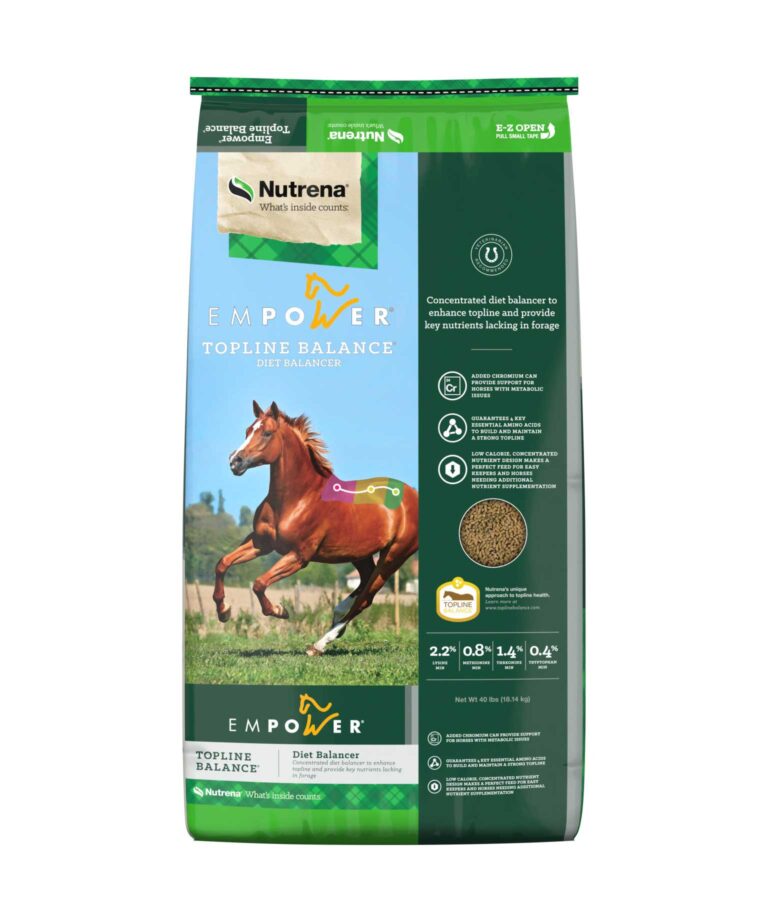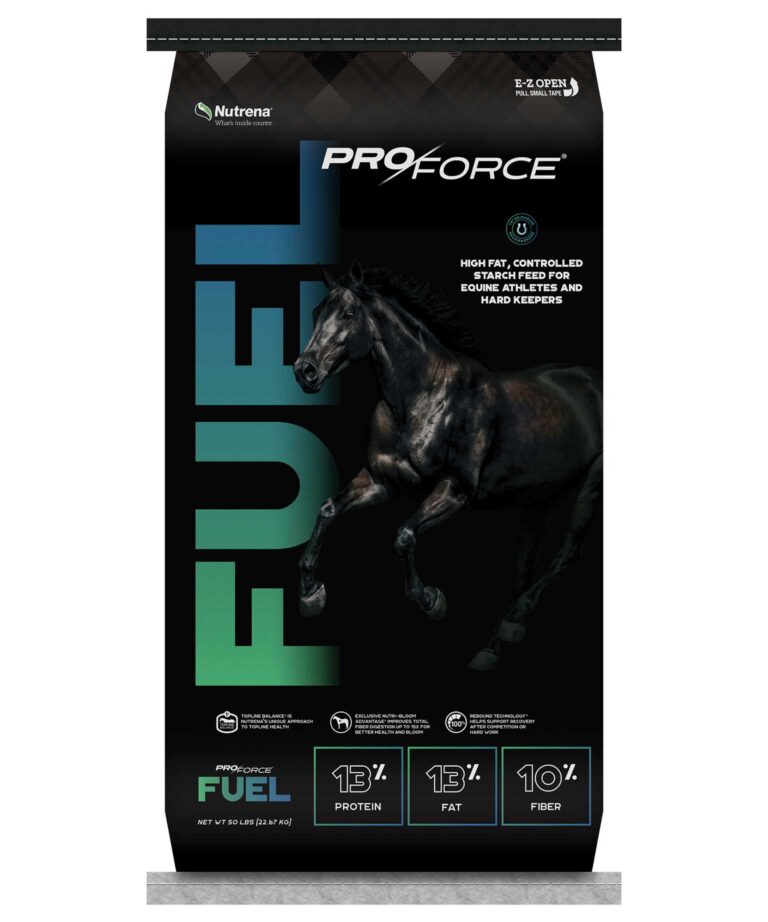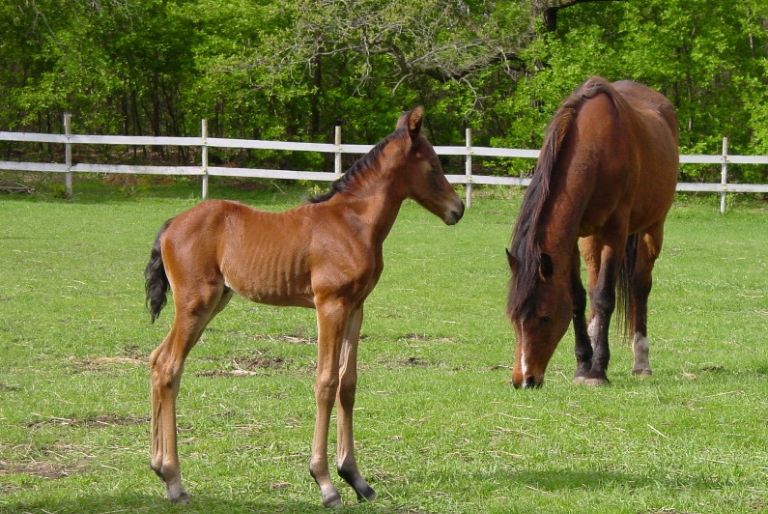Feeding Foals During Weaning and Post Weaning – An Important Time Period for an Equine Athlete
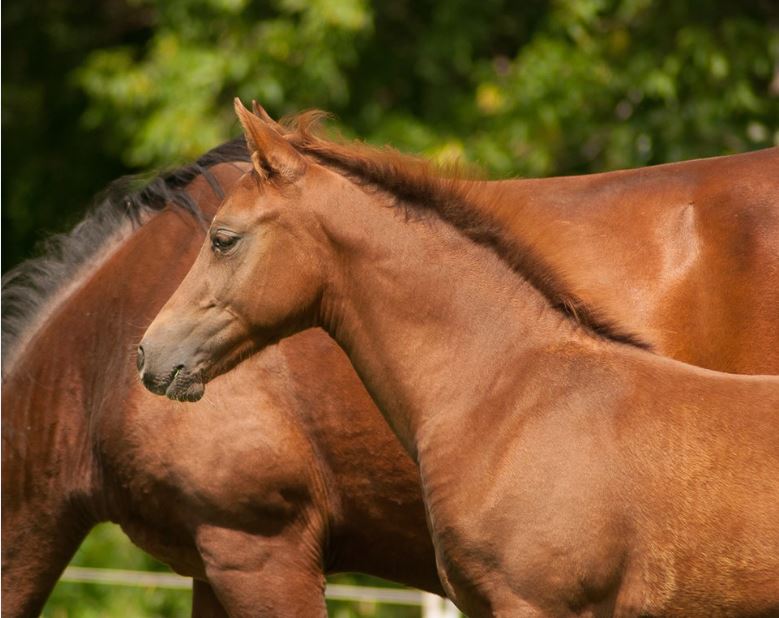
Properly preparing the foals to be weaned can make the process much easier for everyone!
Keep in mind that weaning can be a high stress period for the foal. With that in mind, other high stress events should probably not take place at the same time as weaning.
The following management practices should be in place before the foal is weaned:
- Make certain that the foal is consuming at least 1 pound of a feed per month of age of a feed designed for foals and weanlings. If a foal is 4 months of age, it should be consuming at least 4 pounds of feed per day. If a foal is 6 months of age, it should be consuming at least 6 pounds of feed per day. Appropriate feeds will be 14-16% protein with controlled starch and sugar along with amino acid, mineral and vitamin fortification. Keep in mind that past 2 months of age, the milk produced by the dam is not sufficient to maintain adequate growth, so the foal should be creep fed if possible as not all mares allow the foal to eat with them. The day you wean the foal is NOT the day to change feeds! The foal should also have access to high quality forage, loose salt and fresh, clean water.
- Make certain that the foal has been vaccinated for appropriate diseases according to your health care plan. Vaccination is a stress on the animal, so you do not want to do this at the same time you wean the foal if that can be avoided.
- The foal should also be de-wormed prior to weaning.
- The foal should have been handled, taught to lead and have had its feet trimmed.
There are a number of ways to separate the foals from their mothers and many farms manage in different ways.
Monitor the new weanlings fairly closely and increase feed intake to maintain growth and body condition, feeding according to both weight and Body Condition Score. Some weanlings become a bit pot-bellied and look a little rough following weaning. This is frequently due to inadequate feed intake and too much forage.
The cecum is not fully developed in the weanling, so it cannot digest forage as efficiently as an older horse. This limits nutrient availability and may limit growth and development.
Proper preparation can minimize the stress of weaning for foals and help maintain uniform growth and body condition. Uniform growth and maintaining target body condition is essential to reduce risk of certain types of Developmental Orthopedic Disease.
One of the things we want to avoid is letting the weanling get off normal growth rate, then deciding to push for rapid growth as a yearling to hit target for show or for scheduled sales.

